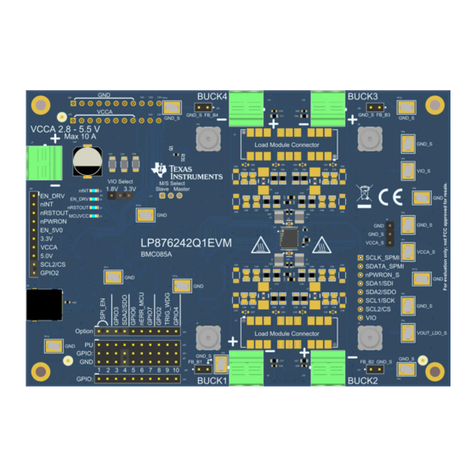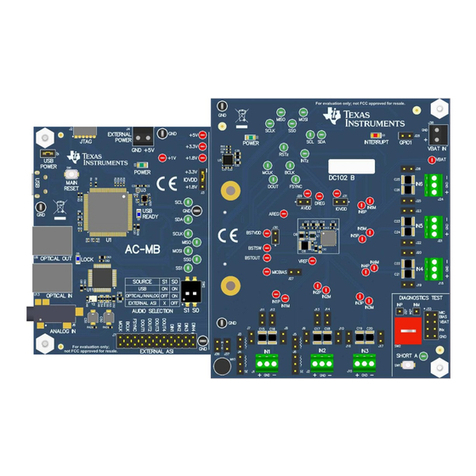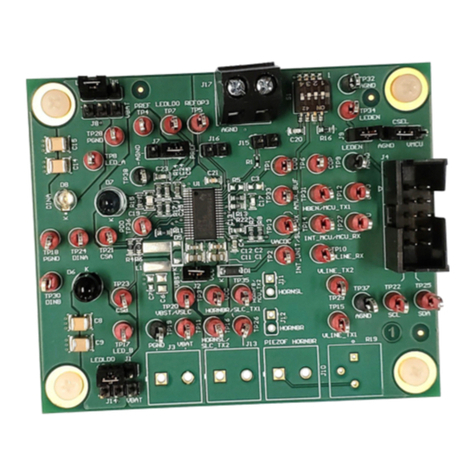Texas Instruments TAS6421-Q1 EVM User manual
Other Texas Instruments Motherboard manuals
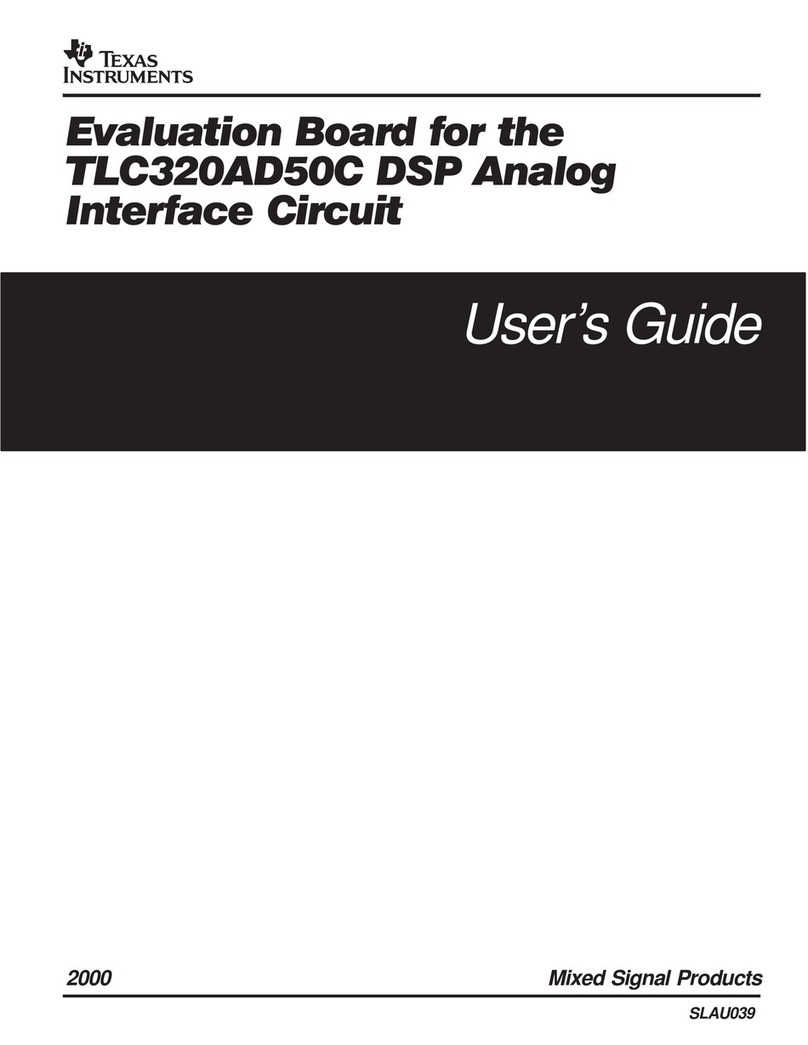
Texas Instruments
Texas Instruments SLAU039 User manual
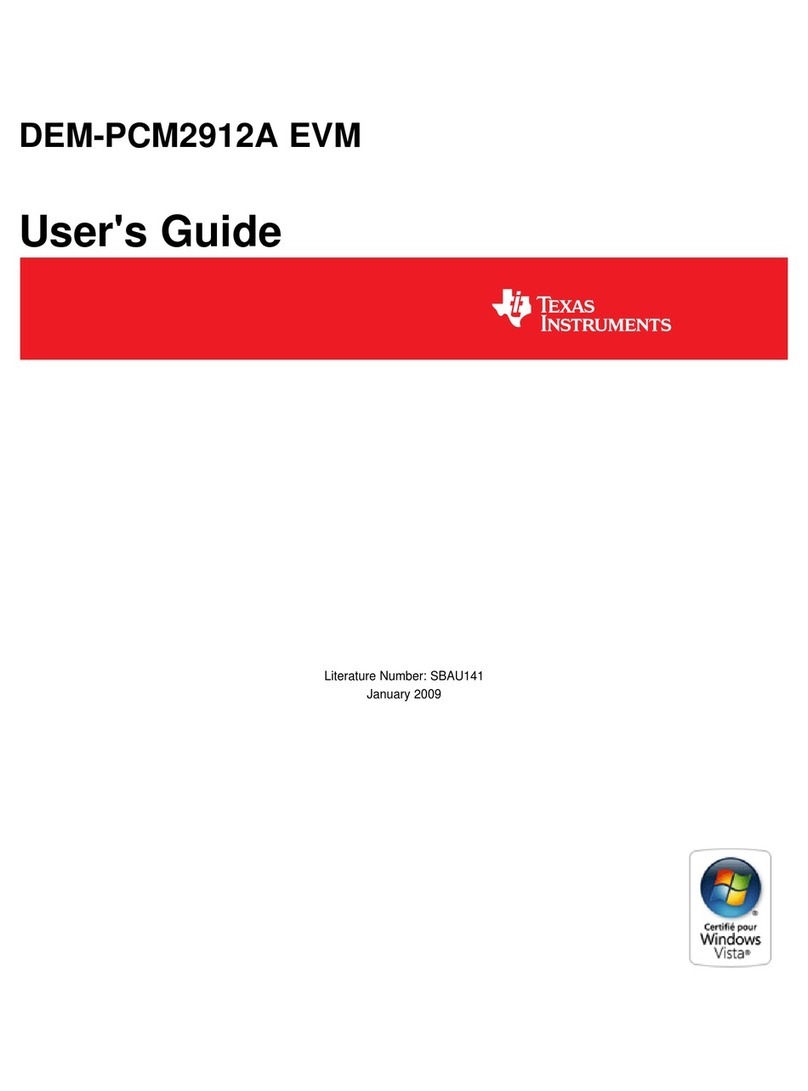
Texas Instruments
Texas Instruments DEM-PCM2912A EVM User manual
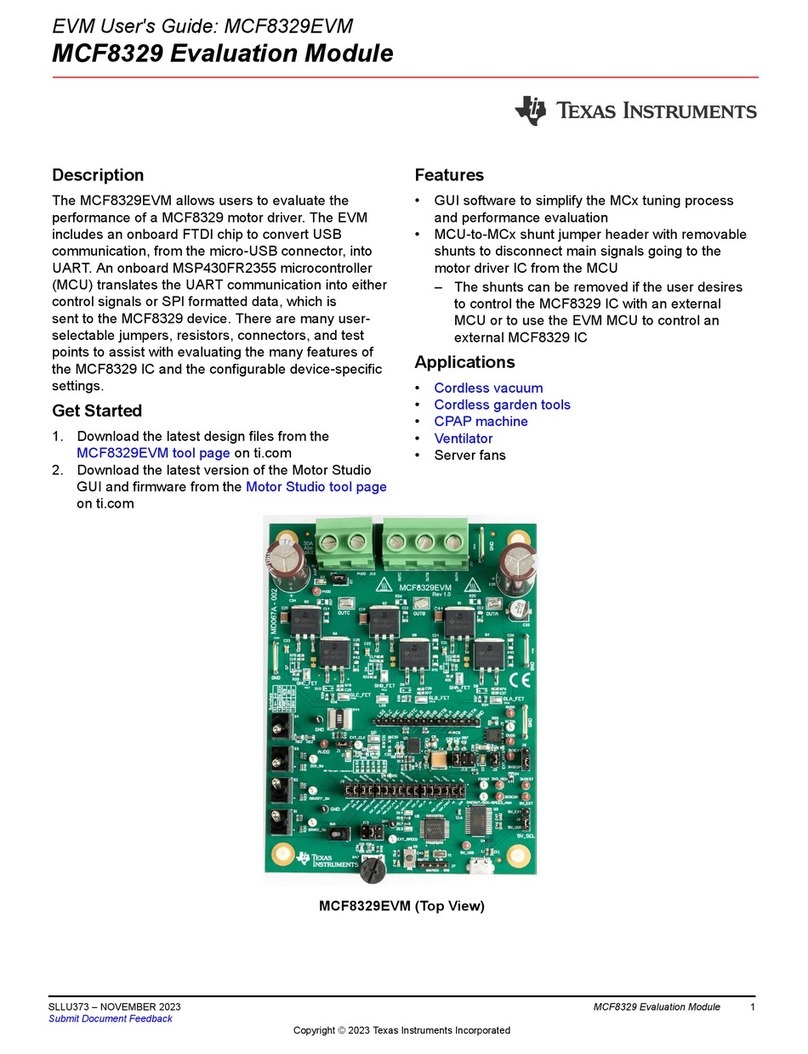
Texas Instruments
Texas Instruments MCF8329EVM User manual
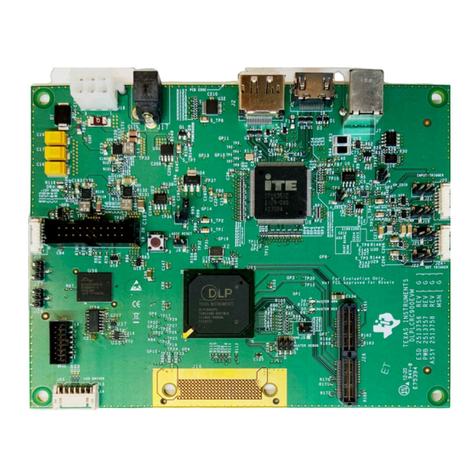
Texas Instruments
Texas Instruments DLP LightCrafter Dual DLPC900 User manual
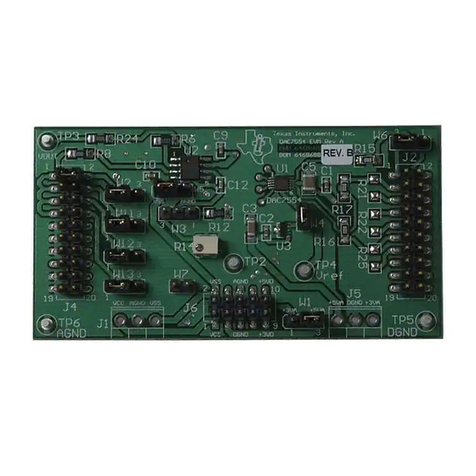
Texas Instruments
Texas Instruments DAC7554 User manual
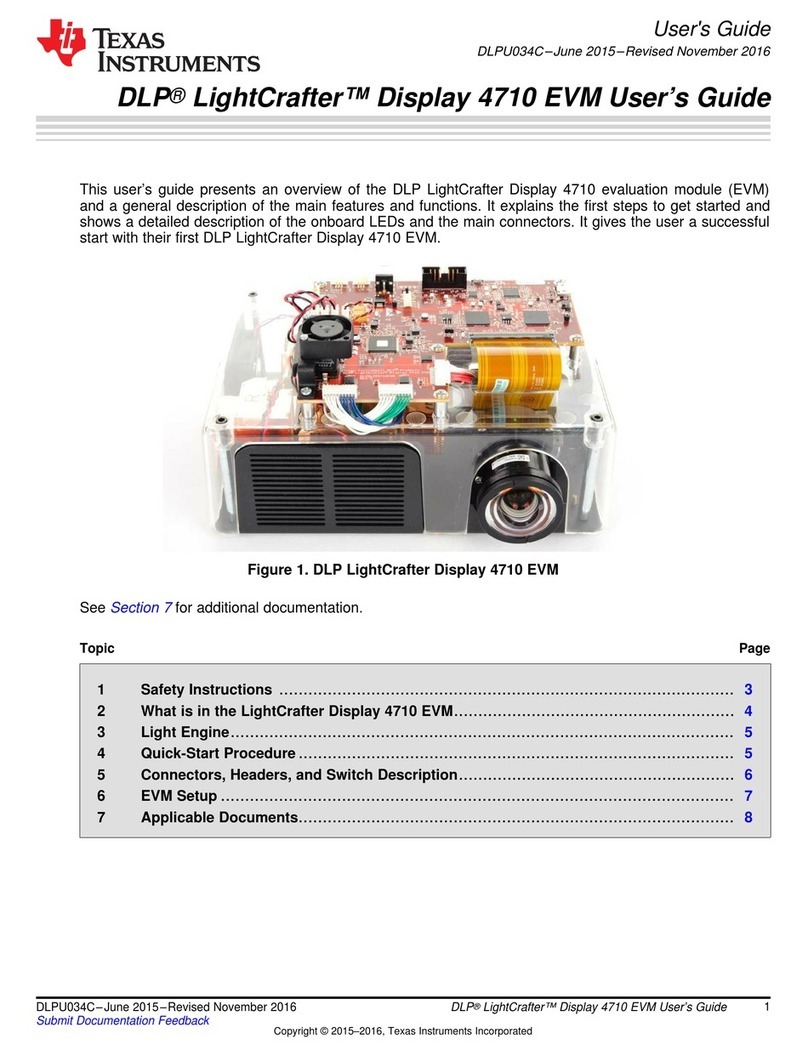
Texas Instruments
Texas Instruments DLP LightCrafter Display 4710 EVM User manual
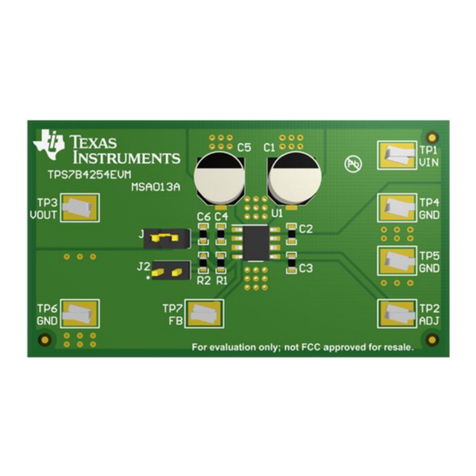
Texas Instruments
Texas Instruments TPS7B4254-Q1 User manual

Texas Instruments
Texas Instruments LMG3410-HB-EVM User manual
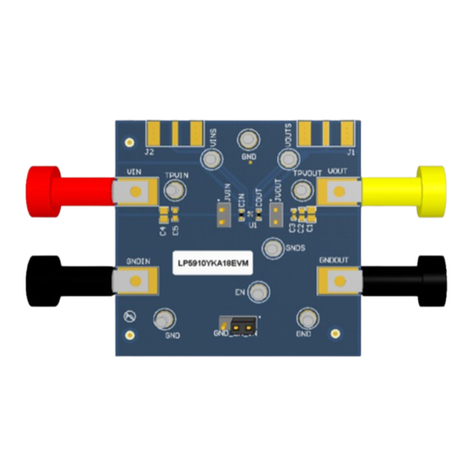
Texas Instruments
Texas Instruments LP5910YK18AEVM User manual
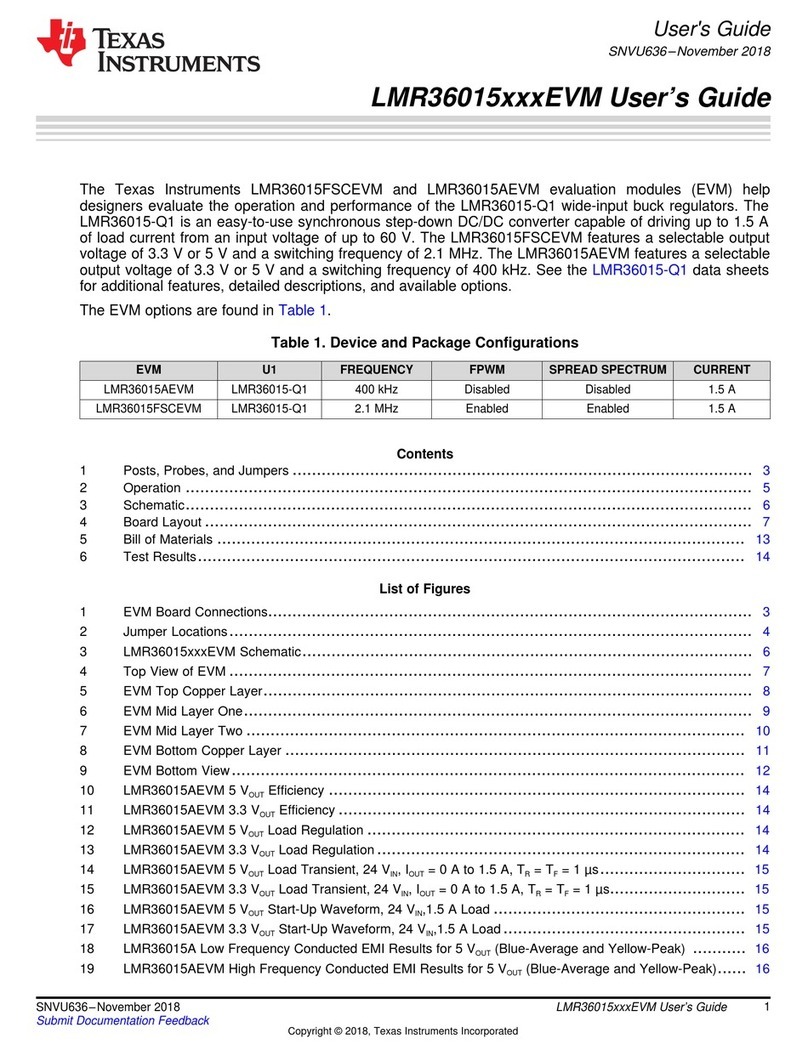
Texas Instruments
Texas Instruments LMR36015FSCEVM User manual
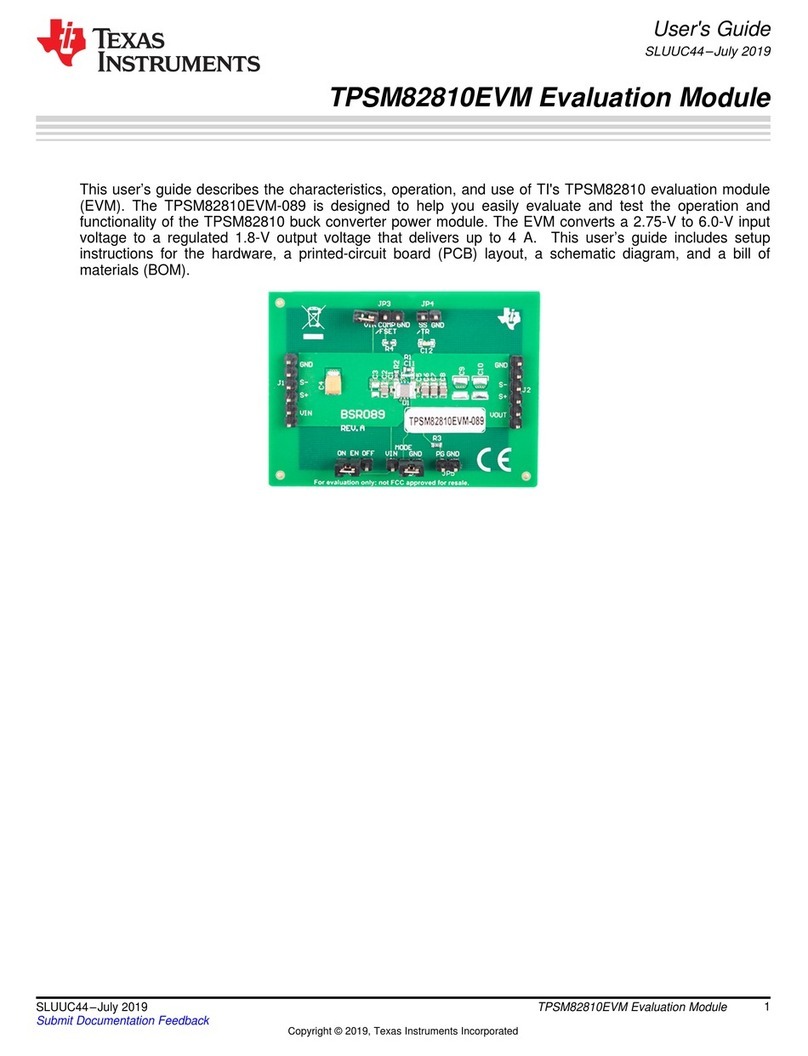
Texas Instruments
Texas Instruments TPSM82810EVM User manual
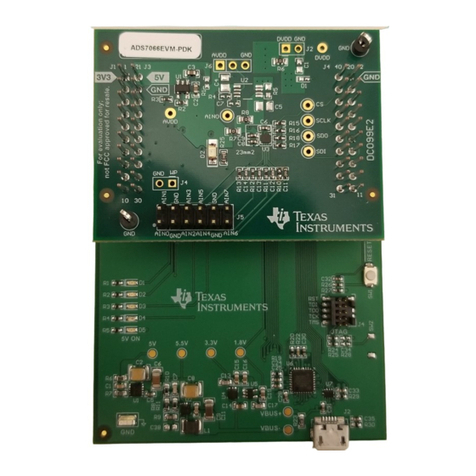
Texas Instruments
Texas Instruments ADS7066EVM-PDK User manual
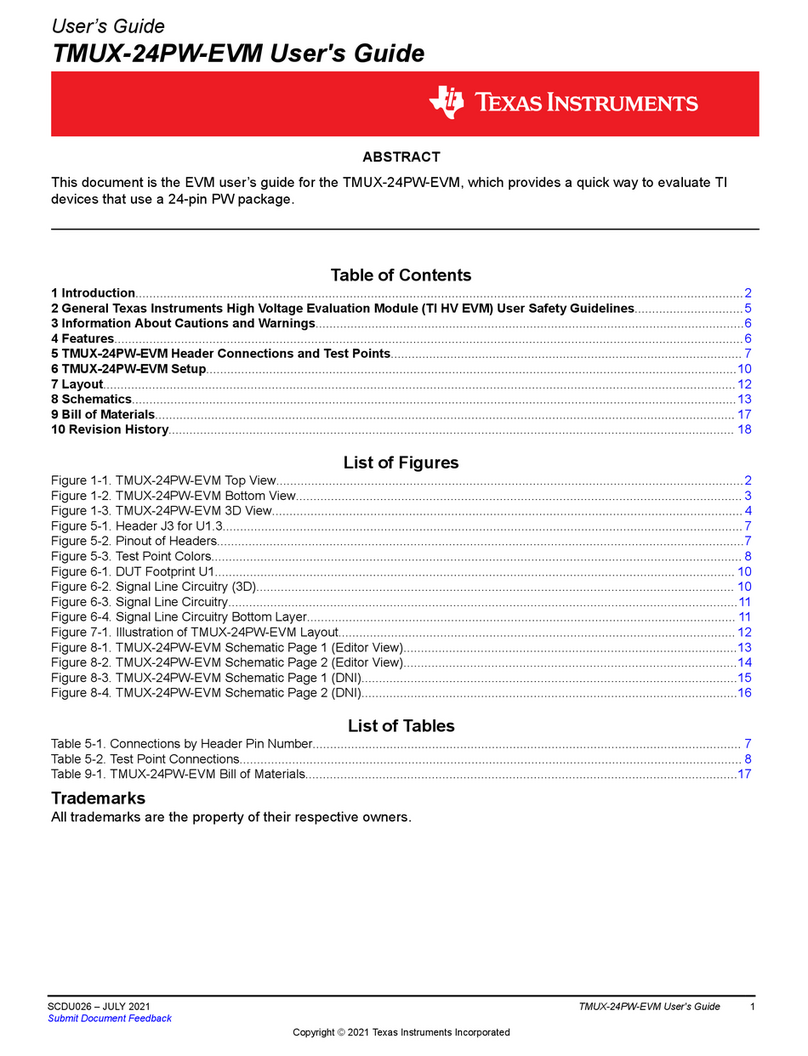
Texas Instruments
Texas Instruments TMUX-24PW-EVM User manual
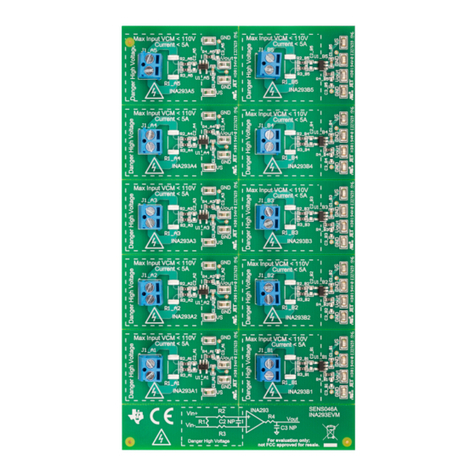
Texas Instruments
Texas Instruments INA293EVM User manual
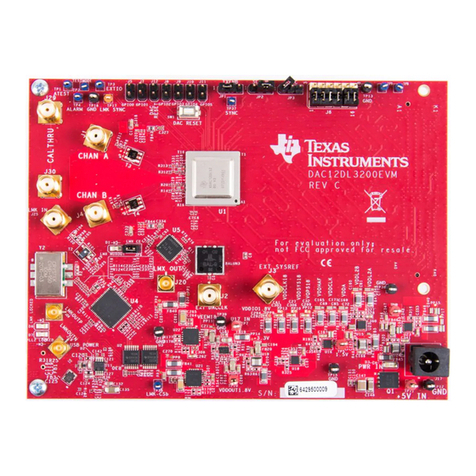
Texas Instruments
Texas Instruments DAC12DL3200 User manual
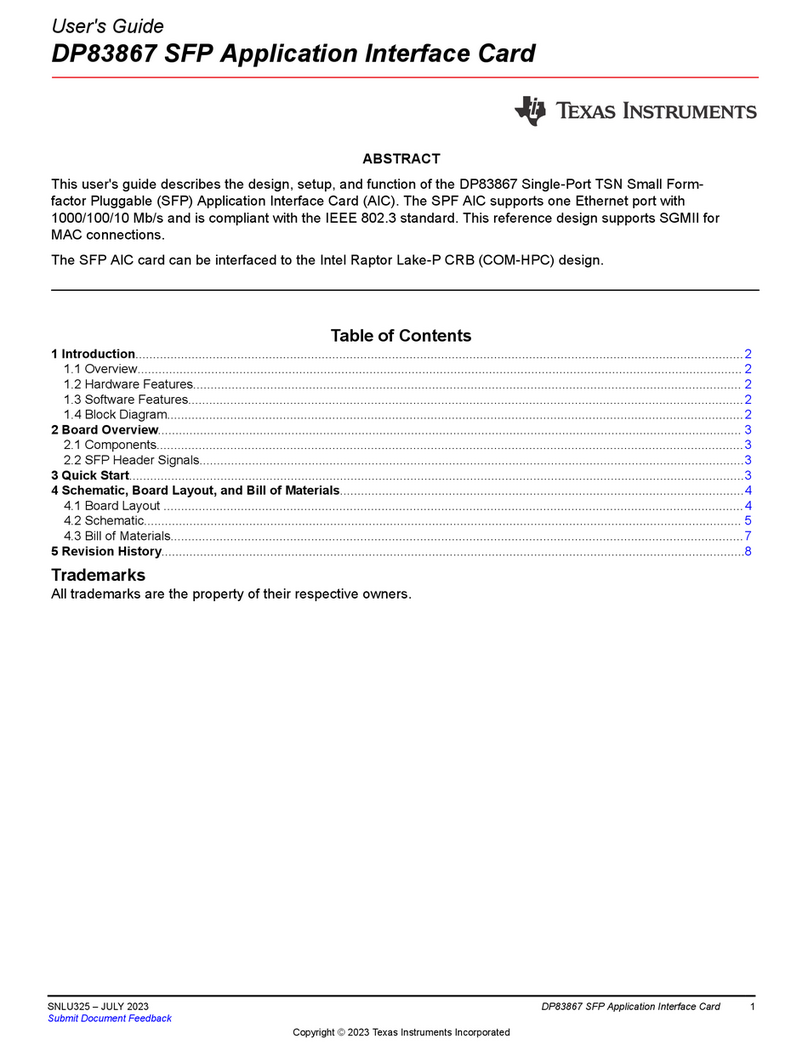
Texas Instruments
Texas Instruments DP83867 User manual
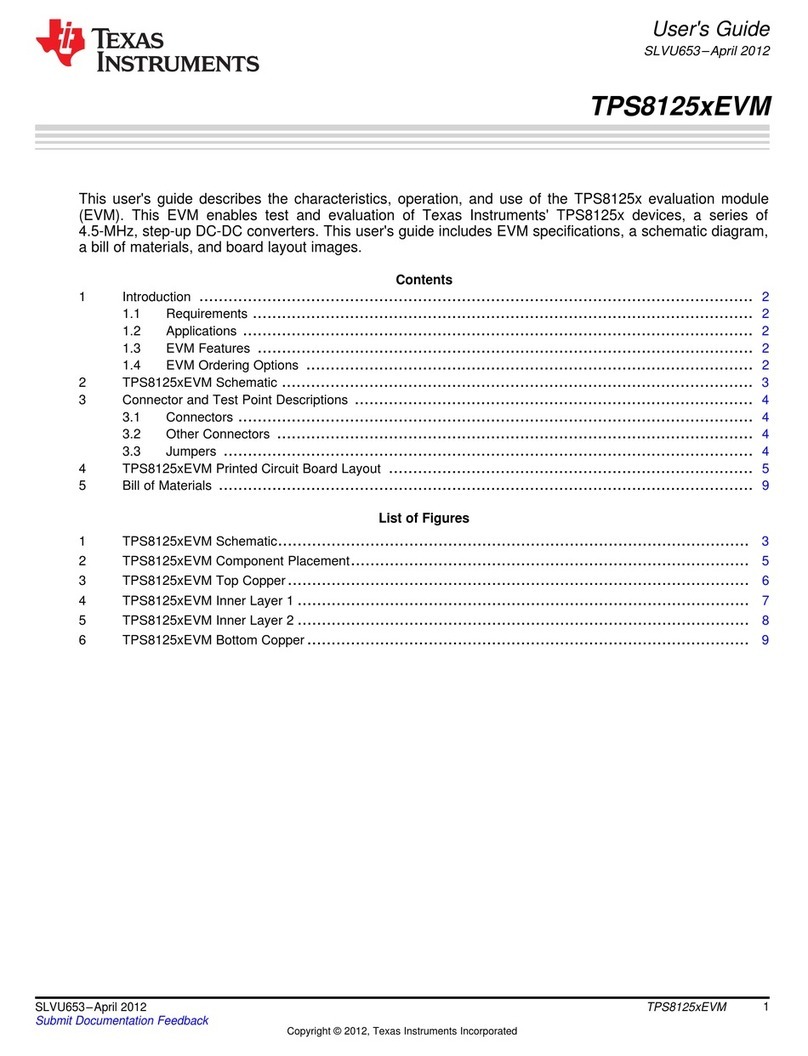
Texas Instruments
Texas Instruments TPS8125 EVM Series User manual
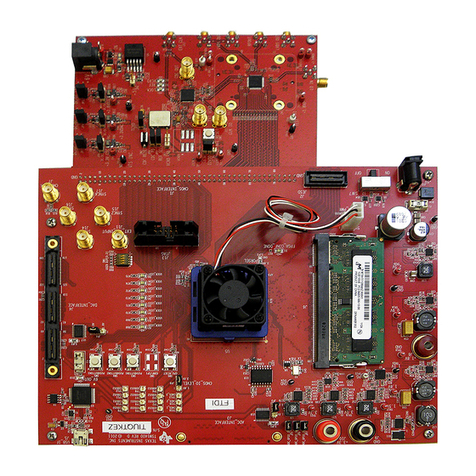
Texas Instruments
Texas Instruments AFE707EVM Series User manual

Texas Instruments
Texas Instruments TPS65300EVM User manual

Texas Instruments
Texas Instruments AM62x SK EVM User manual
